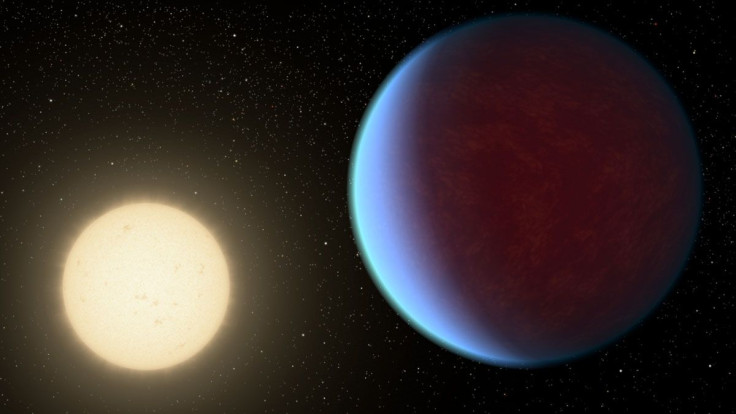Two New Earth-Like 'Potentially Habitable' Planets Found, Could Host Alien Life

Researchers discovered two new Earth-like planets orbiting a distant star. Based on the conditions of the planets, the researchers theorized that they might be habitable and could even be supporting life.
The researchers were able to spot the host star and its orbiting planets through the Calar Alto Observatory in Spain as part of the CARMENES survey, which stands for Calar Alto high-Resolution search for M dwarfs with Exoearths with Near-infrared and optical Échelle Spectrographs.
Through their study, they were able to locate the Teegarden’s Star, which is 12.5 light years from Earth. Upon observing the star, the researchers noticed two planets that are in its habitable zone. This is a region that’s not too far or too close to the host star. Planets in the habitable zone tend to have the ideal temperature for liquid water to exist.
“The two planets resemble the inner planets of our Solar System,” the study’s lead author Mathias Zechmeister of the Institute for Astrophysics at the University of Göttingen said in a statement.
“They are only slightly heavier than Earth and are located in the so-called habitable zone, where water can be present in liquid form,” he added.
Further investigation on Teegarden’s Star revealed that it is already 8 billion years old, which is twice the age of the Sun. Given the star’s age, the researchers theorized that the planets orbiting it could also be within the same age range.
Due to the presumed age of the planets as well as their capability to hold liquid water, the researchers believe that these worlds might even be hosting alien life. If the planets are as ancient as their host star, life on the alien worlds may have already evolved into complex beings.
According to researcher Ignasi Rbas of the Institute of Space Studies of Catalona, finding evidence of life on the planets will be the focus of future studies.
“Both Teegarden’s planets are potentially habitable,” she said according to National Geographic. “We will eventually see if they are actually habitable and, perhaps, even inhabited.”
The findings of the researchers on the two alien planets were detailed in a new study published in the journal Astronomy and Astrophysics.
© Copyright IBTimes 2024. All rights reserved.







